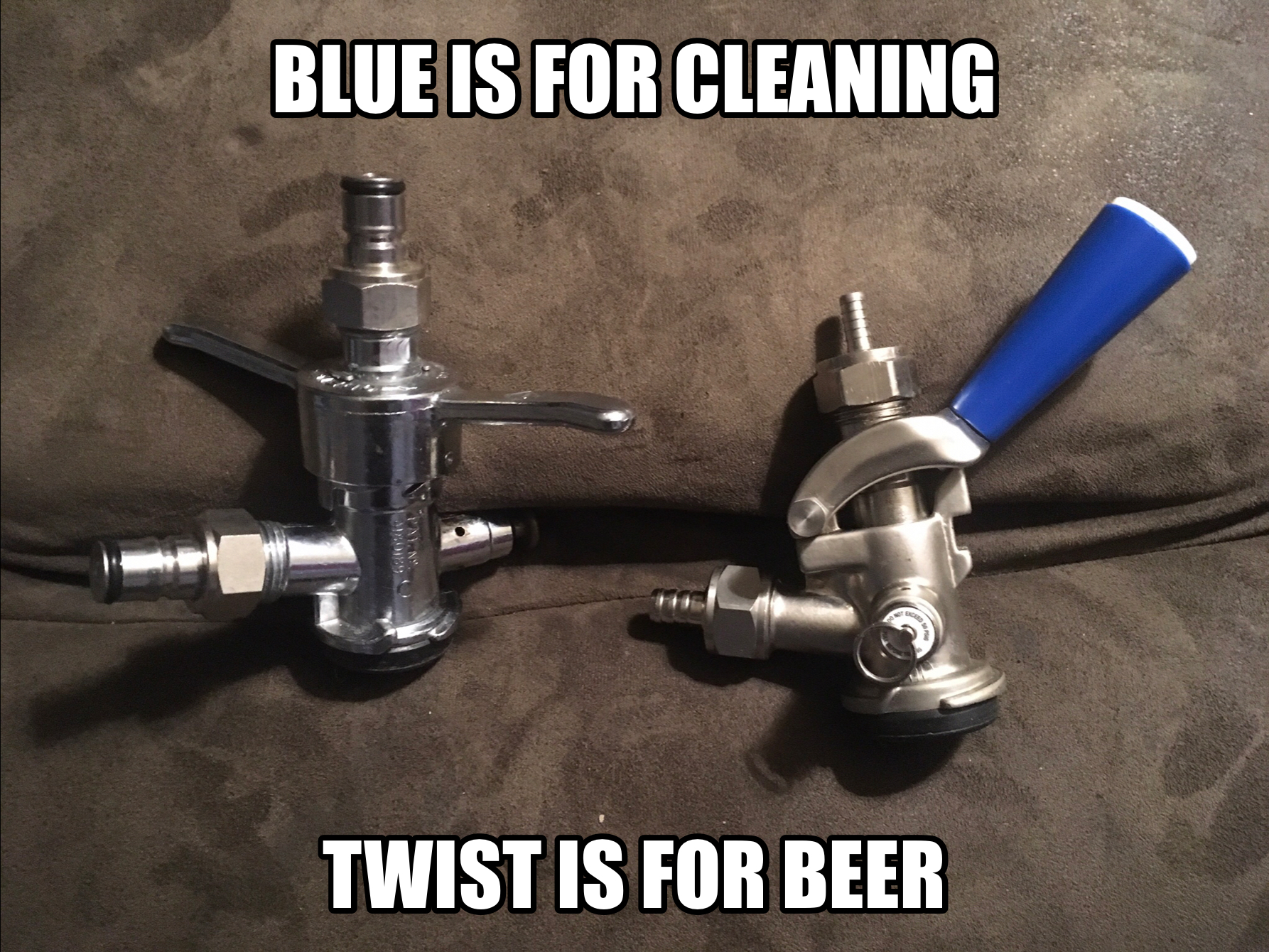snarf7
Well-Known Member
- Joined
- Apr 30, 2017
- Messages
- 380
- Reaction score
- 114
I tried researching this in the sticky thread but all the links I clicked were dead so apologies if I'm asking a redundant question.
I've picked up a set of sanke kegs off a guy who's roommate left them behind when he moved out. He doesn't know anything about them but wanted them out of his garage and since the guy stiffed him on the rent a little extra cash for them will help
Anyway, is there an article or guide you can recommend that will give me the lowdown on what equipment I will need to go with these? I've never kegged before, only bottled but I'd like to be able to have 3 different brews on tap at the same time if that matters. The kegs appear to be in good shape but I would want to purchase o-rings and such so I'm stocked for any required maintenance.
Much obliged!
I've picked up a set of sanke kegs off a guy who's roommate left them behind when he moved out. He doesn't know anything about them but wanted them out of his garage and since the guy stiffed him on the rent a little extra cash for them will help
Anyway, is there an article or guide you can recommend that will give me the lowdown on what equipment I will need to go with these? I've never kegged before, only bottled but I'd like to be able to have 3 different brews on tap at the same time if that matters. The kegs appear to be in good shape but I would want to purchase o-rings and such so I'm stocked for any required maintenance.
Much obliged!















![Craft A Brew - Safale S-04 Dry Yeast - Fermentis - English Ale Dry Yeast - For English and American Ales and Hard Apple Ciders - Ingredients for Home Brewing - Beer Making Supplies - [1 Pack]](https://m.media-amazon.com/images/I/41fVGNh6JfL._SL500_.jpg)











































